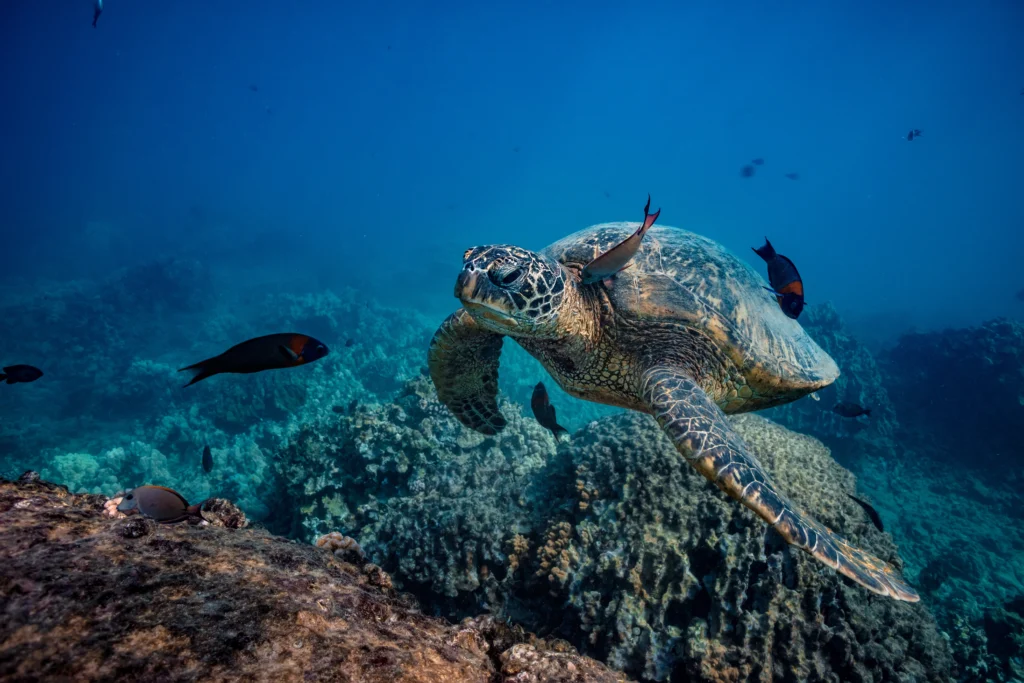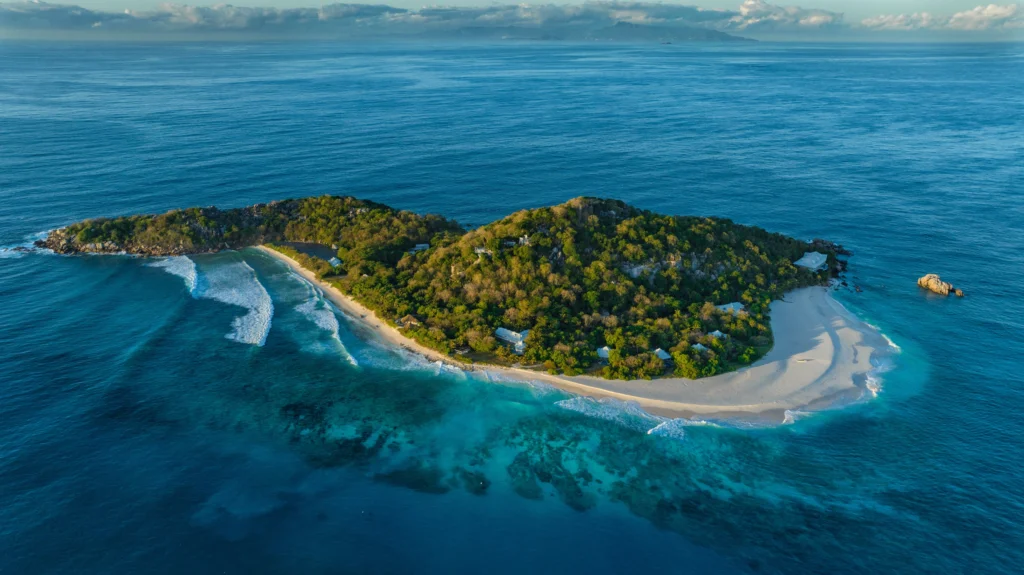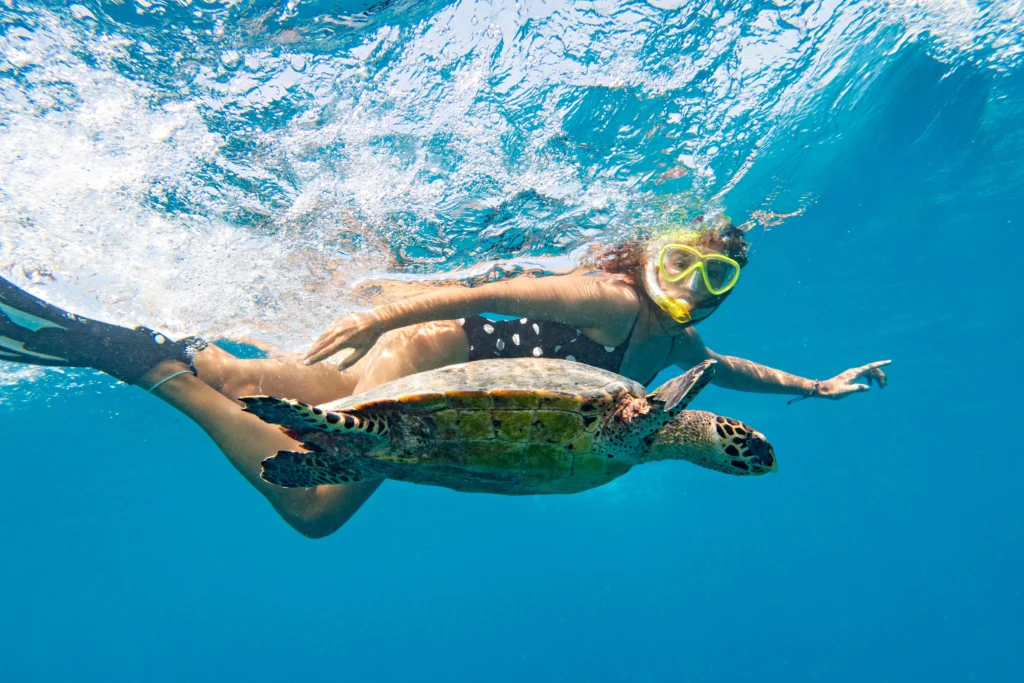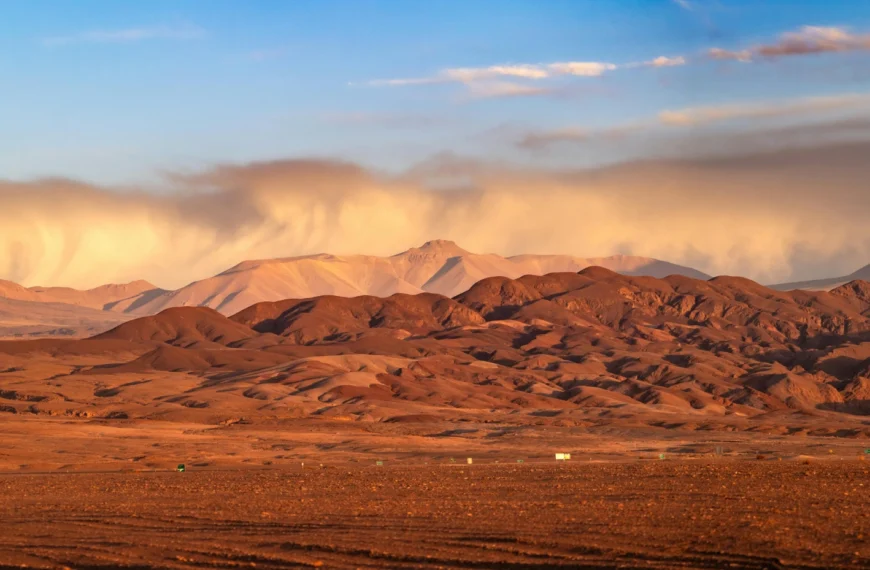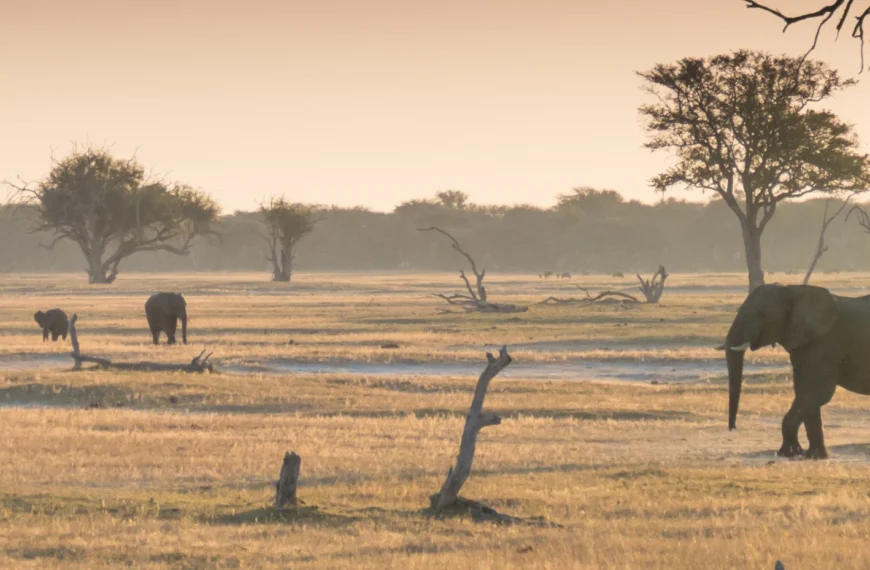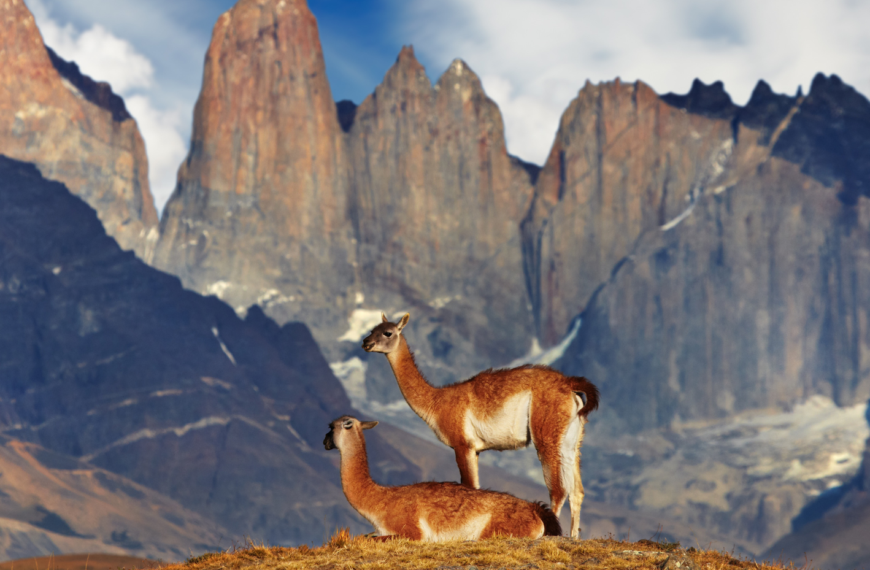Far out in the Indian Ocean, where turquoise shallows meet ancient granite peaks, a quiet revolution is taking place. The 115 scattered islands of the Seychelles archipelago are redefining what’s possible in conservation.
Here, environmental protection is a national commitment. Seychelles is taking lasting, law-backed action rooted in community, and it has legally safeguarded over 30% of its vast marine territory and more than 40% of its land.
For island nations facing rising seas and disappearing species, Seychelles provides a working model of marine and terrestrial protection that balances both biodiversity and the needs of its people. And for travellers seeking meaning, learning and impact, it offers a front-row seat to the future of conservation.
A Proven Blueprint for Marine Conservation
Seychelles is a leading example in ocean protection, demonstrating that science, policy and local knowledge can work together at scale. It prohibits fishing and extractive activities in roughly half of its protected marine territory, and its no-take zones safeguard critical ecosystems, especially around:
- Aldabra Atoll, one of the world’s most pristine island ecosystems and a UNESCO World Heritage Site
- the Amirantes and Bird Island, which have key habitats for manta rays, turtles and humpback whales
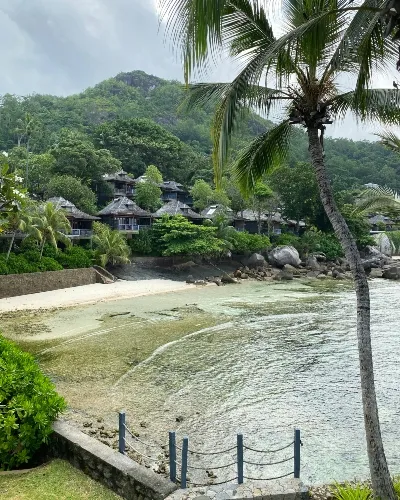
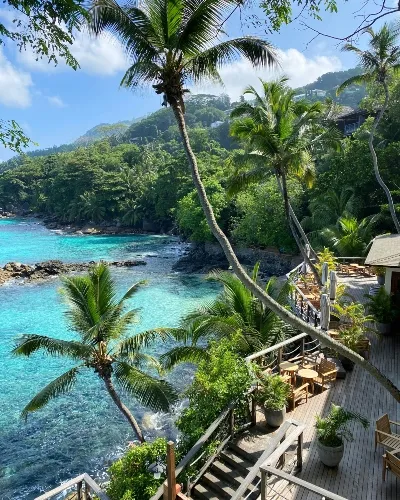
A landmark debt-for-nature deal with The Nature Conservancy helped finance these protections, which emerged from a long, collaborative effort. Scientists, communities and policymakers worked together to create a Marine Spatial Plan that balances ecological needs with economic livelihoods. The results clearly show that:
- mangroves and seagrass meadows help protect coasts and store carbon
- marine life rebounds, strengthening local fisheries outside protected zones
- coral reefs support a marine tourism economy worth over US$50 million per year
Innovative Financing That Fuels Environmental Protection
In 2015, Seychelles became the first country to restructure part of its sovereign debt to fund marine conservation. Instead of repaying US$21.6 million to foreign creditors in full, the government redirected a portion of payments into long-term ocean protection.
With support from The Nature Conservancy, the deal created the Seychelles Conservation and Climate Adaptation Trust (SeyCCAT). This independent body manages two key funds:
- the Blue Grants Fund, which supports marine protected areas, sustainable fisheries and coastal restoration
- the Blue Endowment Fund, which provides long-term financial security for conservation
These funds help put Seychelles’ Marine Spatial Plan into action. They support the day-to-day management of protected areas, as well as projects that help communities adapt to climate-related threats, such as coral bleaching and coastal erosion.
The debt swap also supports the country’s broader blue economy, striking a balance between economic needs and ocean protection. It encourages jobs in conservation and sustainable fishing while reducing dependence on tourism.
This model has inspired other island nations to utilise innovative finance to protect ecosystems and support local communities simultaneously.
Protecting Biodiversity on Land and Sea
Seychelles doesn’t draw a line between land and sea, but rather, it protects both. It has some of the most extensive protected networks in the world, including parks and reserves. Its flagship conservation sites include:
- Aldabra Atoll, one of the largest coral atolls comprised of reefs, mangroves and coastal plains
- Vallée de Mai, an ancient palm forest on Praslin Island that protects the legendary Coco de Mer and the rare Seychelles black parrot
These places, along with dozens of smaller reserves, protect endemic birds, reptiles and plants from habitat loss and invasive species. They also provide natural services like:
- holding soil in place during storms
- regulating freshwater supplies
- storing carbon and keeping the climate stable
Tourism That Supports Conservation and Communities
Sustainable travel is crucial in protecting the wild nature of the Seychelles islands, as well as supporting the communities that live closest to it. Eco-lodges and boutique resorts, for example, use renewable energy, minimise waste, and support local habitats, many of which sit near protected areas and run environmental projects. Guests often take part in:
- coral reef monitoring and cleanups
- beach restoration and sea turtle tracking
- community-led tours that explore local fishing and farming traditions
This type of travel helps fund conservation efforts. Entrance fees, volunteer contributions and business partnerships support organisations like the Seychelles Islands Foundation, which manages Aldabra and Vallée de Mai.
Tourism also builds community. Local people lead many of the activities, ensuring that income flows directly into villages and helps preserve both culture and nature.
How Travellers Can Get Involved
Through Journeys With Purpose, you meet the scientists, rangers and leaders protecting the environment, becoming part of the story yourself. Rather than staged visits, you spend meaningful time in the field working on real conservation projects to protect Seychelles’ ecosystems, learning directly from those shaping the country’s future.
Practical projects across the islands
Projects range from coral restoration to habitat rehabilitation. On islands like North, Curieuse and Cousin, you might:
- monitor nesting turtles
- remove invasive plant species
- restore habitats for birds and reptiles
Each programme is designed in collaboration with partners such as the Seychelles National Parks Authority and Nature Seychelles, ensuring that every contribution supports a broader conservation goal.
The impact goes beyond volunteering. Participants often receive training in fieldwork, species identification and data collection, and some even earn certifications through academic partners, opening the door to further study or conservation careers.
Undoubtedly, travellers return home with new skills, a deeper connection to nature and a clearer sense of how to turn knowledge into action.
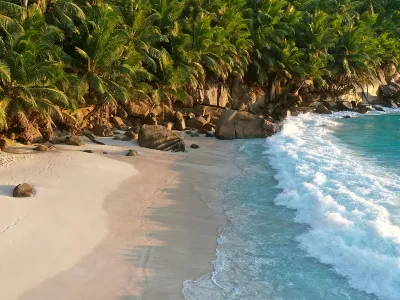
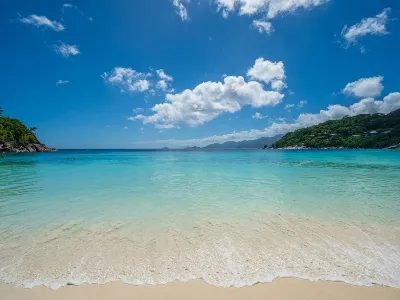
Why It Matters
Seychelles demonstrates what can happen when a nation chooses to protect its natural heritage and use it wisely. Through marine protection, community-led policy and financial creativity, Seychelles has built a working model that other island nations can learn from and adapt.
Nature is a place to learn, take part in and find purpose. When it works, conservation doesn’t halt progress; rather, it shapes it. For those ready to engage, Seychelles is prepared to show the way.
Interested in Experiencing Seychelles Conservation Efforts Firsthand?
Journeys With Purpose offers private, conservation-focused adventures to Seychelles, with tailor-made itineraries built around your passions. We also plan hosted journeys – get in touch with our expert travel specialists today on +44 20 8044 9538 or at connect@journeyswithpurpose.org.
DIG A LITTLE DEEPER
Contribute to Positive Impact on a Hosted Journey.
Connect with Impact Partners around the world during a Private Experience.
